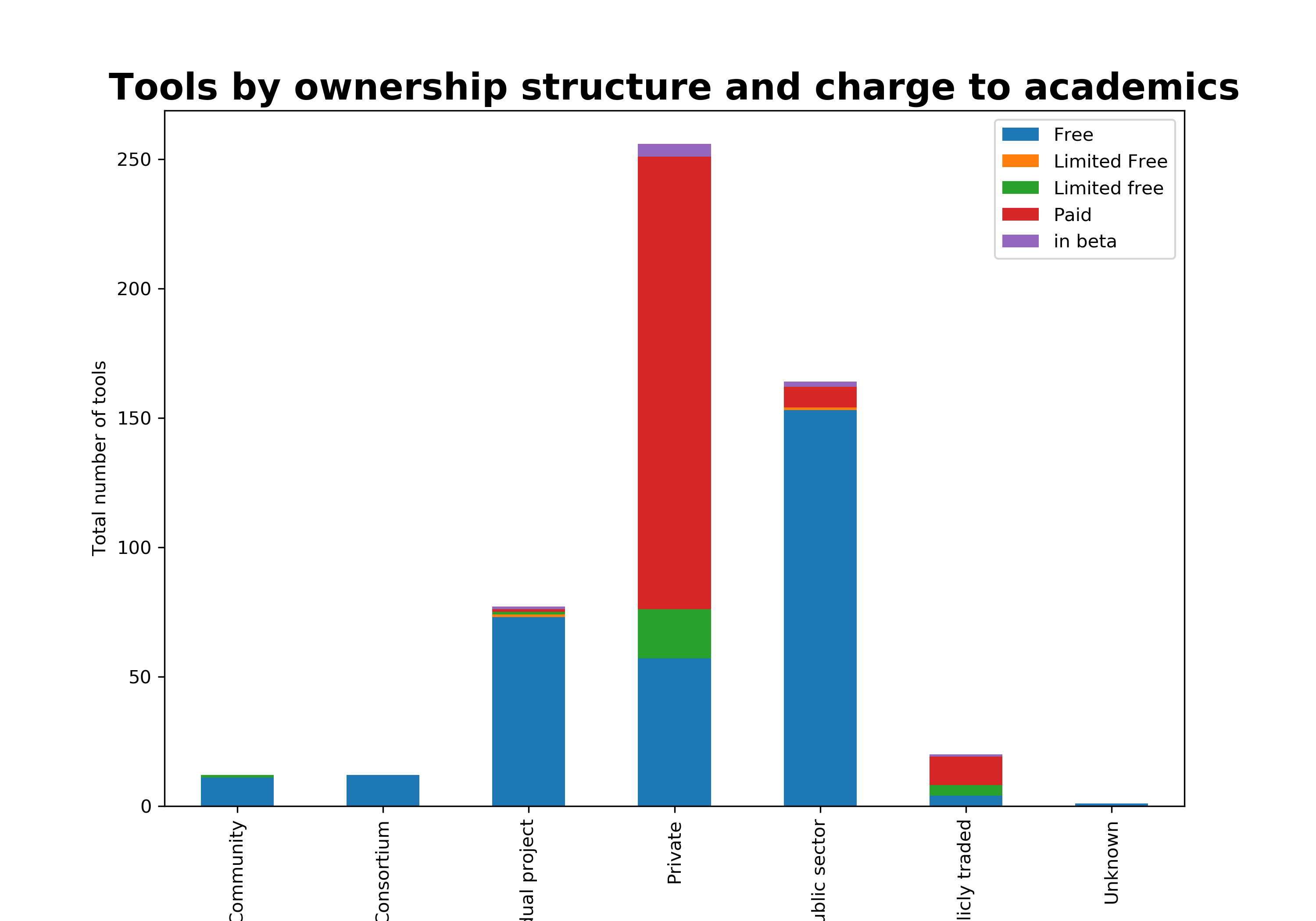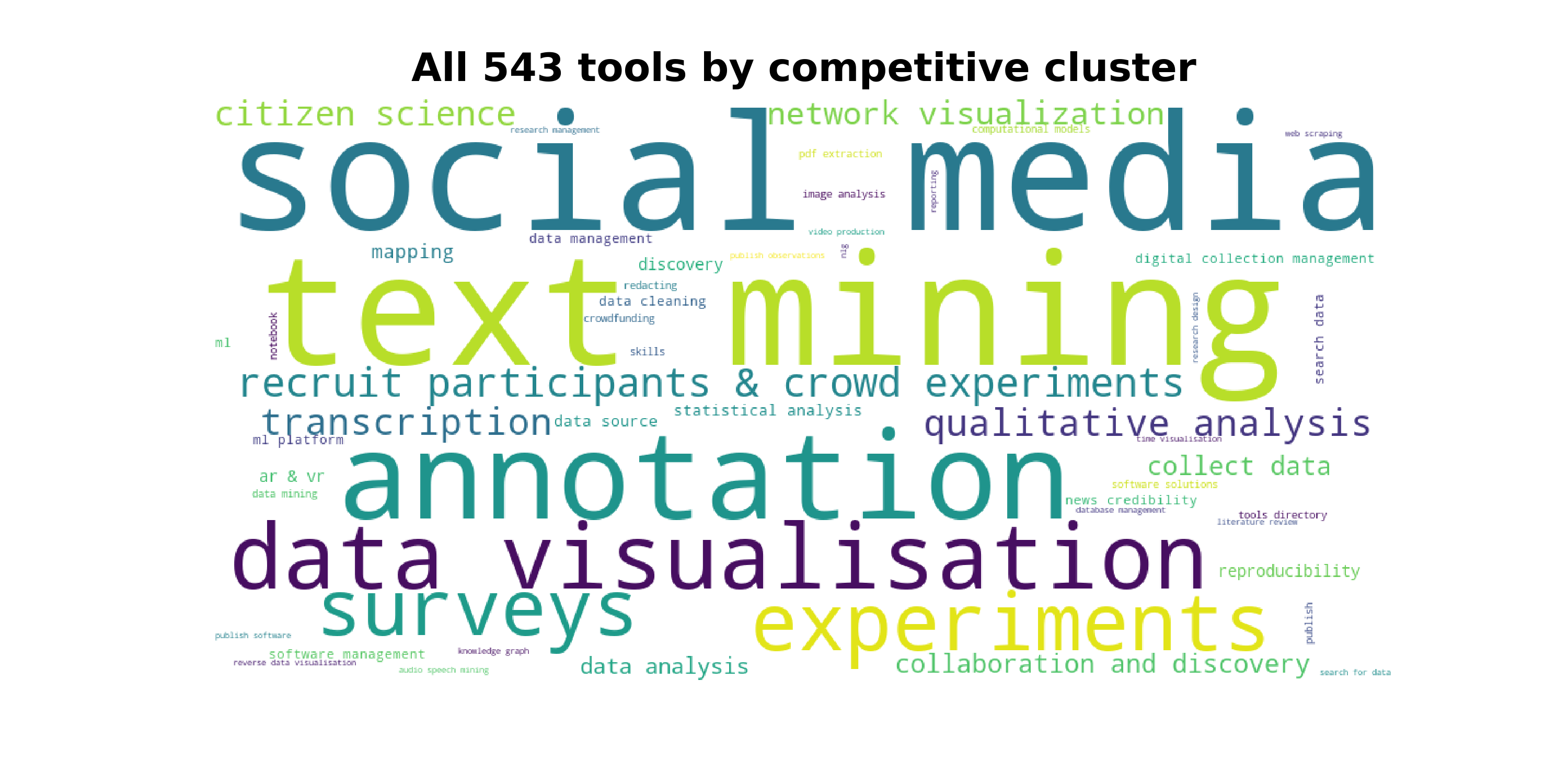6 experiments to explain everyday life
If you love deep conversations and intellectual challenges, then you must have used a gamut of theories and thought experiments that explain our every day decisions. Here are 6 of these thought experiments from across disciplines:
1. Plato’s cave allegory
In one of his most famous works — The Republic, the Greek philosopher Plato appropriates a cave thought experiment to explain the dangers of human perceptions. Essentially, if you are the only one seeing something that others cannot see because of an impediment (such as a wall), you might be right. But you will also be viewed as crazy until everyone else manages to destroy or cross that wall. Think about Galileo and heliocentrism. During his lifetime, the idea that Earth traveled around the sun was controversial. And that is not the only example of crazy theories that turn out to be true. The world and our understanding of the world is always evolving. There is always going to be someone who sees more than the rest of us.
2. Schrödinger’s experiment
Also known as Schrödinger’s cat, or the cat-in-a-box paradox is an experiment that revolutionized our understanding of electrons. Previously, it was believed that electrons move in orbitals. However, quantum theory disproves this understanding, showing that electrons are present as clouds of probability even on two sides of a separation wall that they could not move through. In lay man terms, if you have a cat in a box, and there is something in that box that can kill it; then at a point in time the cat will be both alive and dead. But the problem is that you cannot tell or verify that. If you look inside the box, you are considered an intruder (an additional feature to the actual experiment). You will affect the experiment and hence see that cat as being either alive or dead and not both at the same time. This thought experiment has been employed to explain many events, but i think one of the most prominent was development economics. It is argued that poor countries or people can be both poor and rich until the point when they are introduced to the developed western world.
3. The power of the washing machine
This is not exactly a theory or experiment like most of the ones in this blog, but I think it could be similarly important. It comes from Ha-Joon Chang’s book: 23 Things They Don’t Tell You About Capitalism. He argues that the washing machine is one of the technologies of this past century that has actually made more of an impact on the economy than email for example. Before email, people would send written communications by fax. That was already quick enough — in the range of minutes. The washing machine, however, is never a revolutionary item. But what it did is more than revolutionary. It freed at least 6–10 hours a week in a woman’s life; time that is now used in more productive activities.
4. Utilitarianism and prospect theories
Although these two theories go head to head, i.e. prospect theory is a critique of utilitarianism, I thought it would be a good idea to talk about them together. Both of them are an attempt to explain how we make decisions. Utilitarianism, mostly developed by Jeremy Bentham, assumes that we are very rational beings. Similar to the kind of experiments that chemists talk about when they say ‘ideal conditions’ or ‘in vacuum’. According to utilitarianism, we take decisions that maximize utility (or well-being) for us and all. As we know now, that is not always the case. So Daniel Kahneman and Amos Tversky developed prospect theory in the late 70s. They claim that we take a positive decision only when the potential value of the gain is at least twice as big as the loss.
5. The diffusion of responsibility
We all believe or at least have thought of the city crowds as mean. Oh those city people! Even if we live in a city, we still say or hear about how cold and impolite city people are. I guess the example that epitomizes this understanding is the stabbing of Kitty Genovese in Queens back in the 60s. It has made the headlines then and time again. Many are still discussing and analyzing the facts and/or the news reports on this case. The mystery really lies behind the inaction of the many neighbors that watched the stabbing for a good half an hour. Nobody called the police or did anything. In social psychology this is often called diffusion of responsibility. The more people are watching and the more anonymous they are, the more likely it is for us to think that someone else took action. Malcolm Gladwell insists that if you fall and are stomped by herds of people, you really have to look someone in the eyes and say “You, call an ambulance!”.
6. The marshmallow test
I wanted to stop at 5, but there is one more quite well-known experiment on human behavior and psychology that I cannot not include. The marshmallow test, developed by Walter Mischel, tested kids’ ability to delay gratification. He showed that children who were able to wait a few minutes for two marshmallows instead of the one already on the table had better IQ scores 30 years later. This is an experiment that shows the power of commitment and patience. Most of these children, and I guess adults as well, have ways and tricks to make sure that their active feelings and wants don’t overpower their longer-term well being. Ulysses, a hero in ancient Greek literature, asked his men to tie him down so he wouldn’t act irrationally when he hears the Sirens. If he hadn’t done that and followed the song of the Sirens, they would all be dead, but we will never know. Some of the children in Mischel’s experiment closed their eyes or were purposely distracting themselves from looking at the marshmallow.
There are of course, many more thought experiments, tests and theories that can explain individual and social behaviors. These come either directly from psychology and behavioral science, or transcending subjects, like the quantum mechanics cat. Would be quite excited to hear your thoughts on this!




